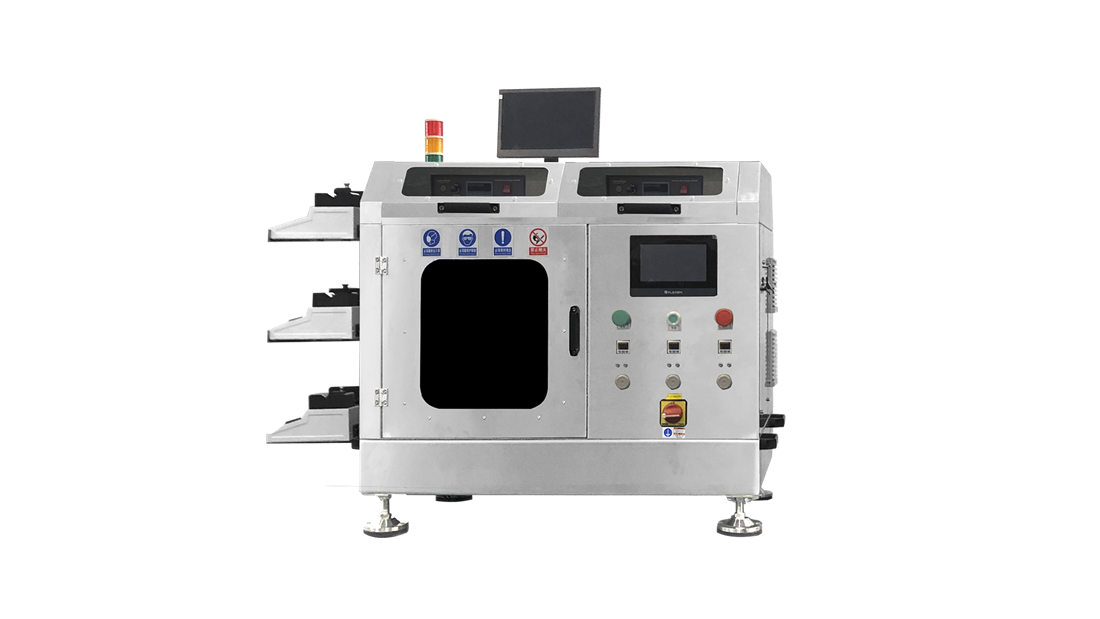Cardiovascular Stent Design
Cardiovascular Stent Design – Coating Drug-eluting Arterial Stents Using Ultrasonic Spray
Stent design parameters may be listed as follows: the dimension of the stent struts, the full expansion of the stent, the radial strength of the stent, the extent of the balloon injury during the stent deployment, the nature of the disease itself (the intensity of the obstruction of the artery), the ability to tolerate the compression exerted by the vessel wall, the minimum longitudinal contraction by the time of expanding, and the amount of flexibility of the stent, especially for curved vessels to suitably flex in them.
The stent material are required to be nonerodible, noncytotoxic, resorbable, flexible, radioopaque, biocompatible, compatible with the chemical nature of the drug, and ideally, to have sufficient radial strength.
Titanium (Ti) and its alloys have been reported as potential materials for the stent backbone, with excellent biocompatibility and corrosion resistance as a result of a stable oxide layer on the surface. A new Ti-based alloy was proposed by Saleh et al. as the stent platform with decorated nanostructures on the surface. So far, there are limited reports on the application of Ti and its alloys for the stent material.
In turn, the selection of the covering material for the stent surface must be made according to the following criteria. The surface coating must be appropriate for the best adhesion of drugs, be compatible with drug molecules, and be biocompatible.
In general, materials to be implanted or injected in the human body need to be both chemically and mechanically stable in the biological environment for long-term use. Thus, deciding for a potential biomaterial, a dual approach must be undertaken: (1) studying the biodegradation of the material in the host tissue environment, as well as the safety of biodegradation products to impede sensitivity in the local site of the prosthesis, and second, (2) studying the behavior of the biomaterial during its presence in the body.
The commonly used stent coating technology can be ultrasonic coating, which sprays polymer and drug solutions (using various solvents) onto the stent, so that a uniform drug release layer can be uniformly deposited on the surface of the stent. Ultrasonic nozzles have the advantage of penetrating complex stent geometries, ensuring complete coverage of all pillar surfaces without the need for webbing. The soft atomized spray can adhere well to the surface, and the morphological characteristics of the coating can be adjusted by modifying the process parameters. The advantage of the ultrasonic spraying system is that the coating formed by dip coating is much thinner, can save spraying materials to a large extent, and the nozzle is not easy to be blocked.
UAM3000 is a high-performance stent spraying equipment developed for stent series products, mainly used for drug coating on the surface of stents. The special nozzle for ultrasonic stent with national patent can realize accurate application of medicine, and the fixture specially equipped for stent is convenient for loading and unloading. This device has the characteristics of supporting multiple series and multiple types of stents, high drug utilization, accurate drug delivery, and high uniformity of the stent membrane layer.
Video of Precision Ultrasonic Stent Coating Machine


